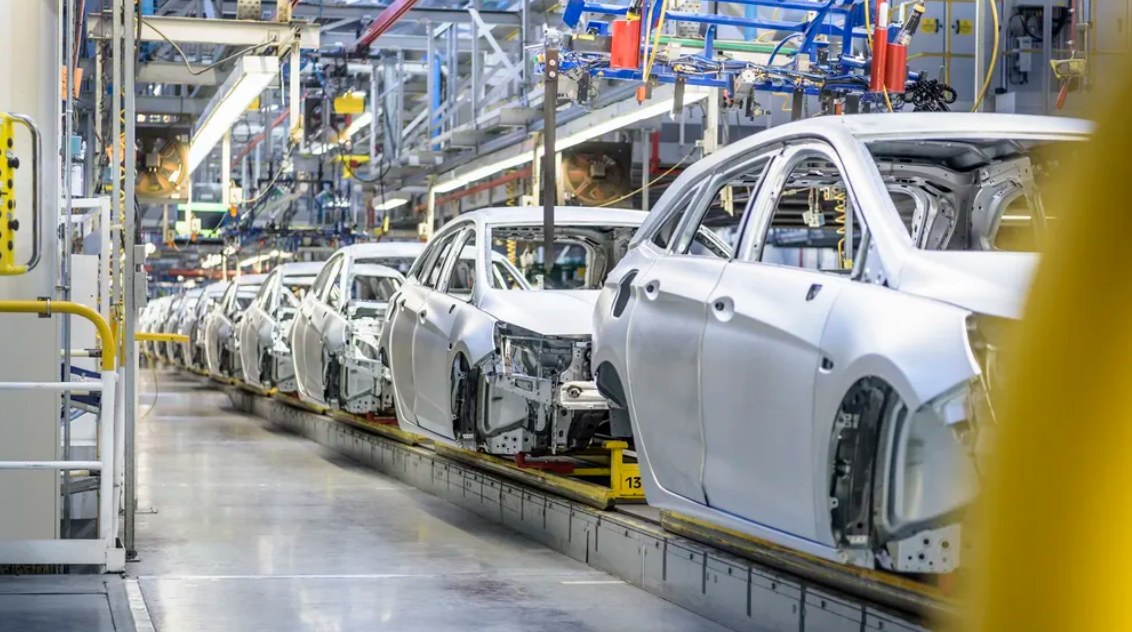The automotive industry is currently facing a unique challenge as the United Auto Workers (UAW) strike continues, impacting major players like General Motors (GM). Despite the disruption in production and supply chains, car prices have managed to maintain stability. This article explores the factors contributing to this unexpected resilience in car prices as the UAW strike persists.
The UAW Strike’s Impact on Production: The UAW strike has disrupted production at key automotive manufacturing plants, particularly those operated by General Motors. This has led to a decrease in the availability of certain models and trim levels, affecting both new and used car inventories.
Supply and Demand Dynamics: While the strike has created a temporary imbalance in the supply of vehicles, the demand for cars remains robust. The fundamental economic principle of supply and demand plays a pivotal role in stabilizing car prices. Despite production challenges, consumers continue to seek reliable transportation, contributing to sustained demand.
Resilience in Consumer Confidence: Surprisingly, consumer confidence in the automotive market has shown resilience. Despite the strike and its associated challenges, buyers remain undeterred, and their confidence in the value of cars has prevented a significant downward pressure on prices.
Shift in Vehicle Preferences: The strike has prompted a shift in consumer preferences toward vehicles that are more readily available. Car buyers are adapting to the circumstances by exploring alternative models and trim levels, leading to increased demand for the vehicles that are still in ample supply.
Pre-Owned Market Dynamics: The stability in car prices extends to the pre-owned market. While new car availability may be constrained, consumers are turning to high-quality used vehicles as a viable alternative. This increased demand for used cars contributes to the overall resilience in pricing.
Dealer Inventory Strategies: Dealerships are implementing strategic inventory management practices to navigate the impact of the UAW strike. This includes promoting models that are still in good supply, adjusting pricing strategies, and effectively communicating with customers about the current market conditions.
Potential Price Adjustments in the Future: While car prices have held steady thus far, there is a degree of uncertainty about the future. If the UAW strike persists, it could eventually lead to adjustments in car prices as certain models become scarcer. Dealerships and manufacturers may need to reassess their pricing strategies based on the duration of the strike.
Impact on Future Resale Values: The UAW strike’s influence on current car prices may have a ripple effect on future resale values. The scarcity of certain models during this period could contribute to increased demand for those models in the used car market, potentially bolstering their resale values in the long run.
The ongoing UAW strike has introduced a unique set of challenges to the automotive industry, impacting production and supply chains. However, the unexpected resilience in car prices reflects the adaptability of both consumers and industry stakeholders. As the strike continues, the industry remains in a delicate balance, with potential adjustments to car prices looming on the horizon. Despite these challenges, the stability in car prices signals the industry’s ability to navigate disruptions and maintain a sense of equilibrium in the face of evolving market dynamics.


